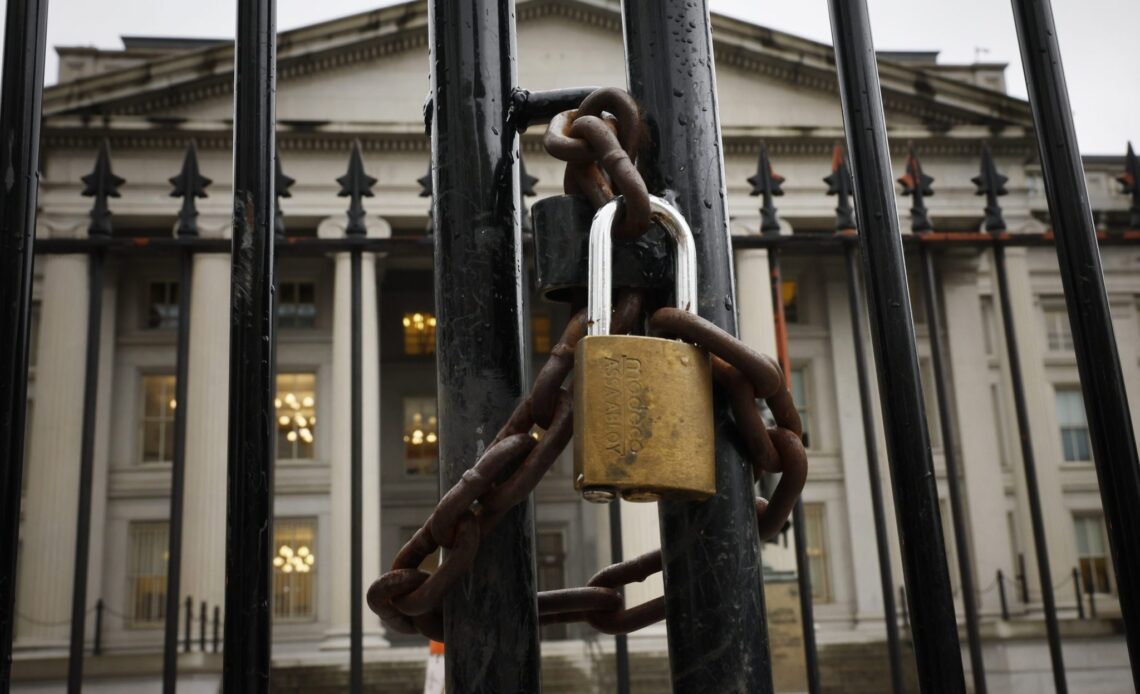The spectacular failures of Silvergate Capital, Signature Bank, and Silicon Valley Bank have exposed weaknesses in the U.S. crypto banking sector, putting into question its future, and how the industry can grow domestically should this important infrastructure not be rebuilt. Since March, the risk appetite of banks and regulators to allow further crypto expansion into the larger U.S. financial system has greatly diminished.
Crypto got its break during the 2008 banking crisis. The failure of Lehman Brothers and other large institutions redirected regulatory attention to the too-big-to-fail banks, and away from the smaller banks. In January 2009, the first block of bitcoin traded. As awareness of crypto grew, trading expanded and prices soared, an infrastructure of exchanges and newly funded ventures arose. Flush with billions in cash, these crypto-focused ventures sought safe places to park funds. In 2014, Silvergate, filled this breach and became the first U.S. crypto bank. Initially, they reaped remarkable deposit and stock growth. By 2021, Silvergate had morphed from a sleepy, La Jolla, California-based community bank with just over $1 billion in deposits, to a $14 billion crypto-friendly financial institution. During this period, the San Francisco Federal Reserve, its primary regulator, appeared unconcerned about Silvergate’s hypergrowth and concentrated industry risk strategy. Other banks eager to bet on crypto also emerged. In 2018, New York-based Signature, entered crypto, quickly growing its digital assets deposits to 20% of its funding base ($20 billion). By 2022, Signature was the country’s largest crypto bank. Silicon Valley Bank, to a lesser extent, also banked crypto, including Boston-based Circle, the world’s second-largest stablecoin producer. This single customer parked over $3 billion of uninsured funds with them. Coinbase, the largest U.S.-based exchange was first banked by them too.
In addition to deposit, lending, and money transfer services, these banks also provided legitimacy. This was valuable to an industry that was not known for strong internal controls, adequate board oversight, or rigor in preventing money laundering. With this newly laid banking infrastructure, it appeared crypto was poised for sustained, rapid growth.
The collapse of scandal-ridden FTX in November 2022 set off a chain reaction and exposed the weak safety and soundness practices of these crypto banks. FTX had almost $1 billion on deposit…
Click Here to Read the Full Original Article at Fortune | FORTUNE…


